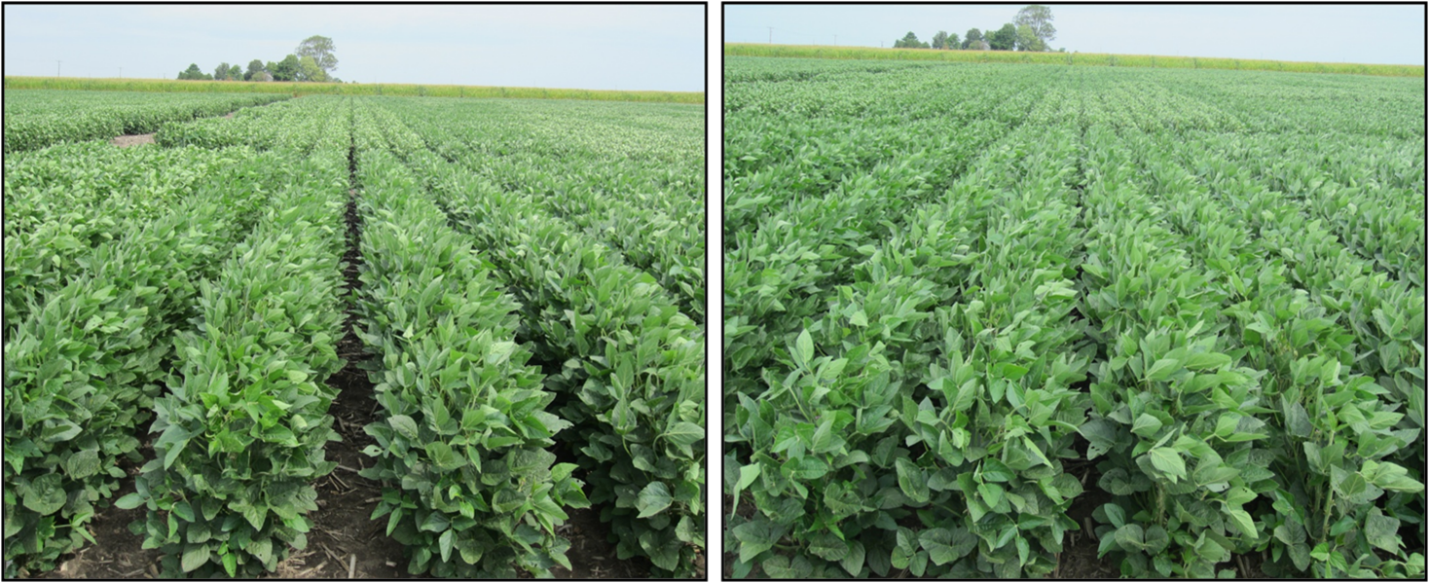As rain and cool conditions have delayed planting for many growers across Illinois and the Midwest, I’ve been having more than a few conversations around what we can do to minimize yield losses when planting soybeans later.
Delayed planting reduces vegetative growth and the number of nodes on a plant, and the number of nodes can have a very direct impact on yield. Reduced vegetative growth also reduces the opportunity to have the rows close over prior to flowering, reducing the total amount of light interception from each acre which directly impacts yield. We can manage both if planting is delayed, reducing the impacts on yield.
Seeding rates in soybeans have been coming down over the last few year’s early or normal planting windows with targets of 120,000 to 150,000 seeds per acre. Once we get to mid-May you need to start increasing populations by 1,000 seeds per day that we are delayed. So, if my original planting population was 130,000 if soybeans were planted by May 15 (end of the normal planting window) and it is the 25th of May, you would target planning 140,000. This is to increase the number of nodes/acre and help drive canopy closure.
Planting in narrower rows, splitting wider rows with a second pass or planting twice in a diamond pattern is recommended once we get into late May and June. The time it takes to make the second pass needs to be weighed against the time to finish planting all your acres. Every operation will have different sized planters and different timelines but, the chances of having 30-inch or wider rows closed is near zero with late May planting. That means we have light hitting the ground and not contributing to yield. It also gives late emerging weeds a chance to compete and drive late herbicide applications at a time when they can have very negative impacts of pod set and yield.

1 Narrow row soybeans close the canopy soon and capture more available sunlight. Courtesy Fred Below, University of Illinois.
We still have the opportunity for solid yields—we just need to tweak our plans a little as planting is delayed.


 and then
and then